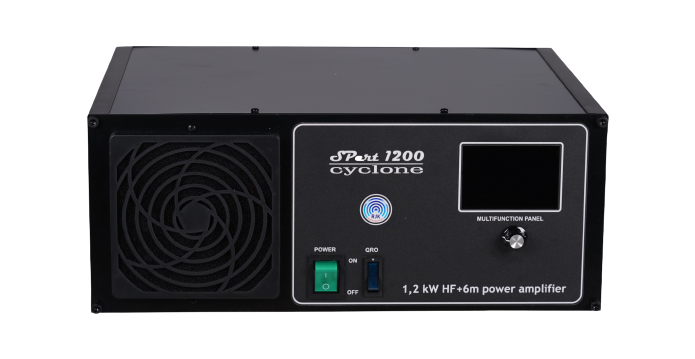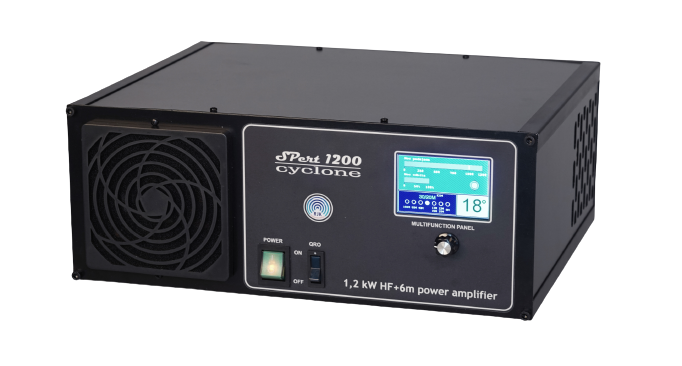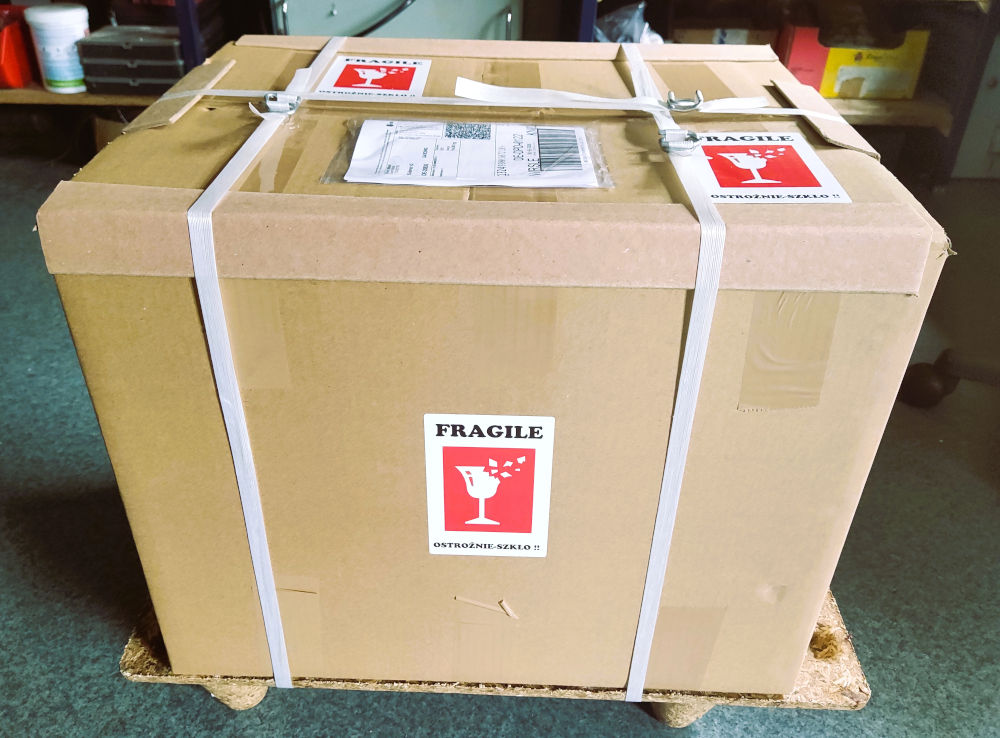RJK-Radiotechnika company was founded in 2000 in Ostrowiec Świętokrzyski.
We produce and distribute HF+50 MHz transistor amplifier and GXP shortwave antennas.


A modern transistor amplifier made in the LDMOS technique on two power transistors, cooled with a standard aluminum heat sink.
A wide selection of omnidirectional and directional antennas designed by Waldek SP7GXP, manufactured and sold by our company.

Below are answers to the most frequently asked questions by our users.
All of our amplifiers come with a two-year manufacturer's warranty.
The warranty does not cover the power transistor(s) in the amplifier alone.
The condition of the warranty are intact seals on the amplifier's casing and no signs of any independent interventions of the user in the amplifier's circuitry.
In case of even the smallest defect, you should categorically stop working on the amplifier immediately, this will prevent further possible damage.
The amplifier should be sent to us properly packed and protected against the possible "antics" of shipping companies, at your own expense. We will send repaired amplifier to the agreed address at our expense.
Shipping Address:
RJK – Radiotechnika
160B Sienkiewicza Street
27-400 Ostrowiec Świętokrzyski
Phone +48 505 007 760
Amplifiers are sent to the customer solidly packed and protected, in a cardboard box on a mini pallet 40×60 cm.
Please keep the packaging in case the amplifier is shipped for warranty or post-warranty repair.
In the picture you can see a sample shipment ready to be sent.
Installation and operation of the amplifier - what to pay special attention to:
Unpacking:
After unpacking the amplifier, if transport took place during the winter season, bring the amplifier to room temperature before plugging it in.
The amplifier should be operated in a home environment, in positive temperatures. Switching on the amplifier cooled down to the negative temperature in a warm room will result in condensation inside the device and may cause damage.
Site Selection:
The amplifier should be placed on a stable surface. Avoid covering the amplifier's box, which will definitely decrease its cooling parameters. There should be free space behind the amplifier to allow for free removal of heat exhausted by the fans.
Amplifier grounding:
Before applying power, connect a grounding wire to the amplifier. All other equipment, such as transceivers and computers, should also be connected to ground, antenna switch. In addition to discharging dangerous charges to ground, this prevents potential differences between the enclosures of the various components of our radio installation, that can lead to damage.
Protect the amplifier from the effects of static electricity:
Antenna installation is a common cause of static voltage penetration to the amplifier, which can reach levels of several, even several kilovolts. Needless to say, it can be lethal not only for the amplifier, but also for other electronics. Static voltages are induced in the antenna or coaxial cable not only during lightning discharges, but also when rain or snow clouds gather in the neighborhood. So the antenna installation should be protected against such phenomena. The screens of antenna cables should be well grounded before entering the building, so that the possible path of static current flow, its circuit, will close outside the room.
However, no matter how effective is the protection of our antenna installation, the most efficient method of securing our equipment is to physically disconnect the antenna from the amplifier's socket after work, regardless of the current weather conditions.
Checking the antenna system for high w.c. power.
Using an amplifier requires properly prepared antenna installation. Both coaxial plugs, fids, baluns - should be of high quality and capable of transmitting sufficiently high power,
depending on the type of amplifier. Do not use antenna tuners with tunable inductance
especially when tuning the antenna at high power. This may cause sparks on the contacts of the variometer, which is a very common cause of damage to the power transistor. The safest way is to use our dedicated antenna tuners. The protections of the amplifier can easily cope with galvanic short-circuit, open circuit
The amplifiers are not installed in antenna installations, but such effects as sparking during operation, ignition of electric arc, may result in their improper operation. Technical condition of our antenna installation is the decisive factor for failure-free work of the amplifier.
QRO work:
It is a good practice for radio amateurs to watch the measuring instruments of the amplifier out of the corner of their eyes during high-power operation. It is often helpful in earlier detection of irregularities, e.g. increase of reflected wave ratio after prolonged work, which may be caused by improper selection or damage of e.g. antenna cable, plug, balun, or other element of the installation.
After noticing any incorrect operation of the amplifier, it is absolutely necessary to turn it off and contact
contact the manufacturer's service department. Further work after the occurrence of disturbing symptoms may unnecessarily cause deeper
and more costly amplifier damage.
Kod SWIFT/BIC mBank: BREXPLPWMBK
mBank S.A. FORMERLY BRE BANK S.A. (RETAIL BANKING) LODZ
P.O. Box 210890-959 Łódź 2